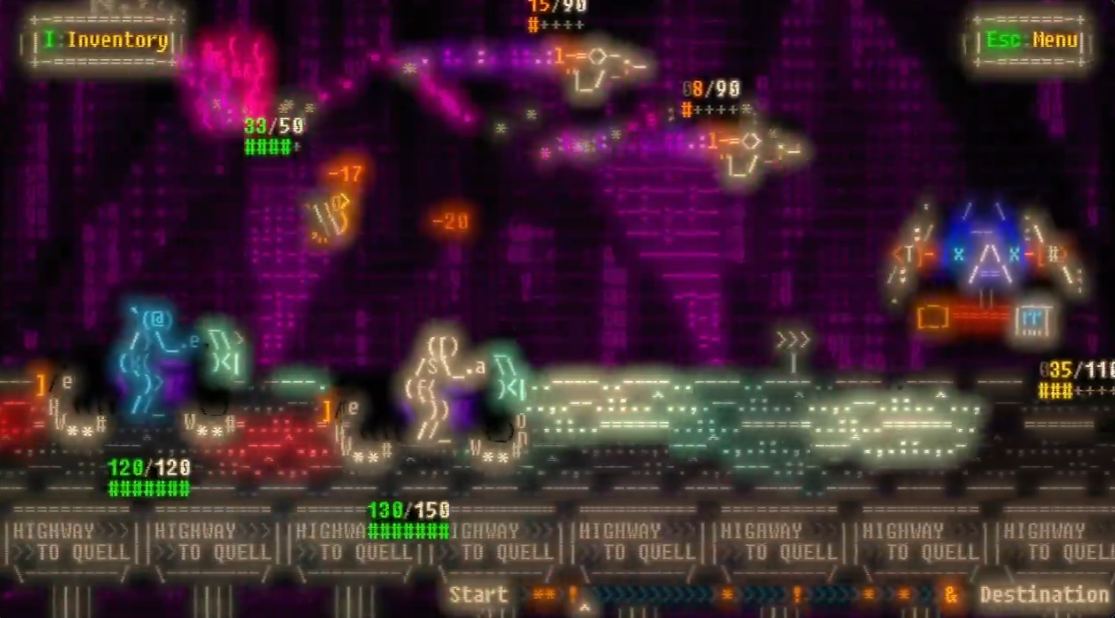Opening up a new era for type
Charting the shifting trends and global-awareness of typefaces.
Though the typography archetypes and rules laid down in the late 19th and early 20th century continue to dominate, actual font usage remains as changeable as ever. Evolving markets, the vagaries of fashion and steady changes within the industry are all impacting on the way designers deal with the written word.
In terms of the media being targeted by designers, print unsurprisingly continues to lead the pack. In a recent Monotype survey carried out on the Computer Arts website 75 per cent of the designers polled continue to work primarily for this market. Web designers accounted for a further 19 per cent, with designers for broadcast and mobile media making up the remaining nine and four per cent respectively.
The figure for these three new media markets may be relatively small, but their collective importance shouldn't be underestimated. The web, in particular, is both budget-conscious and fast moving, making it a more natural home for experimental typography than print.
"I don't know where the cutting edge is, but if anything is trendy enough to be published then it's not cutting edge any more," says Thomas Schostok, cofounder of type foundry Cape Arcona.
Schostok notes that sales at Cape Arcona suggest 'trashy' and 'grunge' fonts are making a comeback. "It now seems to be dirt that attracts, rather than the cool and clean fonts and the script fonts that were part of the previous trend."
Shifting trends
Over at Monotype, head of typography Robin Nicholas has noticed a shift towards serif faces. "Slab serif or 'Egyptian' designs, in particular, are becoming more popular, thanks to wider use in magazines, periodicals and similar types of publications," he says. "And older faces such as Rockwell and Memphis are appearing quite frequently. The Guardian seems to have picked up on this trend with its new suite of typefaces."
The Guardian redesign, spearheaded by Christian Schwartz, has been the subject of much debate. But while radical for a high-profile newspaper, is the redesign having a wider impact? Schostok thinks not. "The Guardian redesign is a great thing but as newspaper design is a very special kind of typographical challenge, we doubt it will influence worldwide typography." Schostok does, however, hope that the redesign will help push newspaper design into the 21st century. "Most newspapers are still sticking with a historical look," he says. "Of course newspaper designers shouldn't jump on every bandwagon, but the Guardian and Berner Zeitung [which uses the Enigma face, by Jeremy Tankard] are examples of papers with the courage to give themselves a great new look."
Daily design news, reviews, how-tos and more, as picked by the editors.
If the influence exerted by such high-profile projects is debatable, the impact of OpenType's adoption by font designers is somewhat easier to judge. "OpenType is now becoming more widely established as the format of choice," says Nicholas. "The format offers cross-platform compatibility, extended language coverage and typographical features."
A more flexible format
Gerry Leonidas, course director of Reading University's MA in Type Design, believes OpenType has prompted designers and publishers alike to rethink what actually comprises a font. "At a large scale, we see many more fonts shipping with extended character sets, often with substantial non- Latin complements," he says. "And on a smaller scale we're seeing designers taking advantage of the opportunity to refine their typefaces as tools for detailed typography: extended ligature sets, alternate and case-sensitive forms, small capitals, fleurons - all have reappeared on text typefaces."
Leonidas says that adoption of this flexible format has also yielded some surprises: "We're seeing an increasing number of graphic designers utilising the contextual features of OpenType to generate original effects, quite unlike what the typeface manufacturers anticipated."
The only drawback for font designers, says Schostok, is that OpenType hasn't been universally adopted as yet. "Clients, such as magazines, often don't dare to use OpenType for technical reasons, or maybe even cannot use it because their systems are just too old."
But it's not only the new font market that is benefiting from the rapid adoption of the OpenType format. As support continues to grow and the old Type 1 format becomes increasingly marginalised, it's also set to have a profound impact on the way people utilise existing font designs.
"Designers and service bureaux are slowly being forced to re-evaluate their legacy font libraries," says Leonidas. "Some of these go back well over ten years, featuring fonts developed and tested for different rendering technologies, and for different tastes. And even as classics are re-issued for OpenType we're often seeing complete redesigns rather than simple format shifts. We're going to see a refreshing renewal of type libraries, with many probably ditching many old fonts of questionable provenance, and presenting a smaller but better selection."

The Creative Bloq team is made up of a group of art and design enthusiasts, and has changed and evolved since Creative Bloq began back in 2012. The current website team consists of eight full-time members of staff: Editor Georgia Coggan, Deputy Editor Rosie Hilder, Ecommerce Editor Beren Neale, Senior News Editor Daniel Piper, Editor, Digital Art and 3D Ian Dean, Tech Reviews Editor Erlingur Einarsson, Ecommerce Writer Beth Nicholls and Staff Writer Natalie Fear, as well as a roster of freelancers from around the world. The ImagineFX magazine team also pitch in, ensuring that content from leading digital art publication ImagineFX is represented on Creative Bloq.
